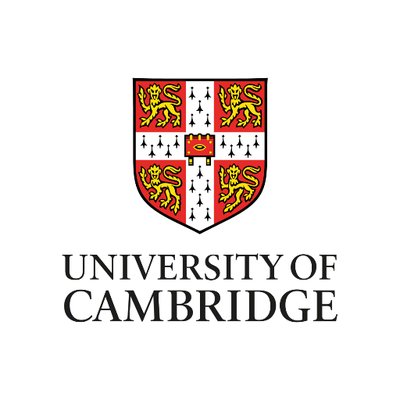More than 100 University of Cambridge buildings reopened for research
This week, the University passed the key milestone of 100 reopened buildings, as researchers gradually return to the city and restart the work which was interrupted by lockdown, with new social distancing measures in place.
Research takes place in over 500 buildings across Cambridge, almost all of which were shut down at the end of March. The only exceptions were buildings where research related to COVID-19 was taking place, or where there were animals or plants requiring care.
“The last time the University shut down in this way was in 1665 due to the Great Plague, but Cambridge obviously looked very different then,” said Professor David Cardwell, Pro-Vice-Chancellor for Strategy and Planning. “It was an absolutely incredible effort by our staff and students to get all of our laboratories, libraries, museums and equipment quickly and safely shut down earlier this year, and now we’ve seen an even greater effort as these buildings are safely reopened.”
Cardwell is also Chair of the University’s Buildings Task Force, which has been overseeing the shutdown and reopening process. Buildings are reopening in phases, with lab-based research areas opening first. It is anticipated that the majority of research buildings, libraries and museums will be reopened by the start of Michaelmas term.
Each building needs to be individually checked for water, fire and lift safety, in addition to other basic safety checks, before it can be certified safe to open. This task has been carried out by a small team from the University’s Estates Division, who have been working around the clock to ensure that each and every building is safe to open.
“I’m incredibly proud of the work of our team in these extraordinary times,” said Graham Matthews, Director of the Estates Division. “Our top priority is making sure that our staff and students can return in a way that is as safe as possible.”
One of the first buildings to reopen was the Department of Biochemistry, which reopened to researchers on June 15. Many of the changes made to the building will be familiar to anyone who has visited a supermarket during lockdown. Stringent but creatively applied safety measures, such as clear and extensive signage, building entry and exit control and monitoring, one-way systems for footfall, single person occupancy of toilets and kitchens and the implementation of buddy systems, have allowed staff and postgraduate students to restart their research.
The University’s Botanic Garden also reopened to the public in June, and has since been overwhelmed with visitors, who have to pre-book their tickets online.
“We are delighted to have visitors back on site – it really brings the Garden to life to see people enjoying the sights and smells of the plants and to be able to hear children playing,” said Professor Beverley Glover, Director of the Cambridge University Botanic Garden. “Staff were understandably nervous at first but have really appreciated the positive atmosphere.”
Another key milestone was achieved on July 1, when the University Library began to provide limited, ‘no contact’ services for students and staff to return and pick up books ordered online, along with a new ‘scan and deliver’ service.

